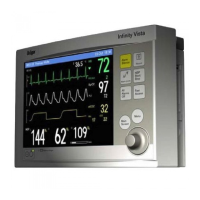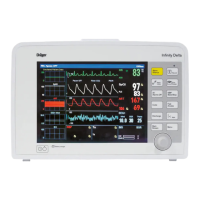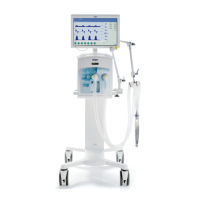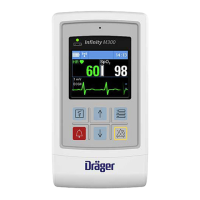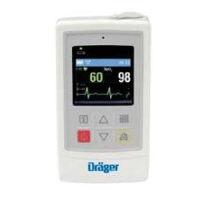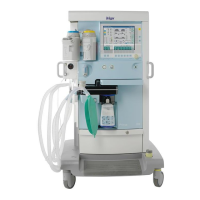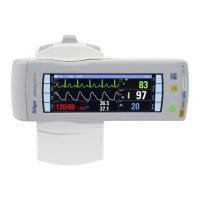ECG PRECAUTIONS
VF8 DELTA/DELTA XL/KAPPA 8-3
ECG Precautions
Refer to the “Safety Considerations” section starting on page 6, at the beginning of
these Instructions for Use, for general precautions regarding safe device operation.
Pacemakers
Difficulties inherent in ECG monitoring require special attention for patients with
pacemakers. The monitor errs on the side of caution in cases of uncertain pacemaker
performance and may not count QRS complexes in paced patients. False “low rate”
alarms may therefore result under the following circumstances:
Fused beats and asynchronous pacers when coupling intervals are +10 to -
90ms
700mV pacer pulses followed by QRS complexes smaller than 0.5 mV
Asynchronous pacer pulses with overshoot
The monitor has been successfully tested for pacer pulse rejection. It is not possible,
however, to anticipate every clinically possible waveform characteristic.
Consequently, for some paced patients, the monitor may not count heart rates
accurately and may misinterpret rate-dependent arrhythmias.
WARNING:
Use ECG strip recordings for documentation only (they
are not of diagnostic quality). Use a resting 12-lead
ECG for diagnostic purposes instead. Diagnostic
interpretation of a 12-lead ECG should only be
performed by a physician or by trained personnel under
the supervision of a physician.
To prevent patient injury, always verify the timing of
the SYNC pulse before attempting cardioversion.
Use caution when using evoked potential devices
because they may interfere with ECG monitoring.
Do not rely solely on ECG with seizure-prone patients.
Electrical artifacts of non-cardiac origin, such as
seizure, may prevent detection of certain arrhythmias.
CAUTION: To protect the monitor from damage during defibrillation, for accurate
ECG information, and to protect against noise and other interference, use only ECG
electrodes and cables specified by Dräger.
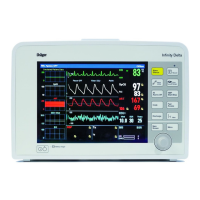
